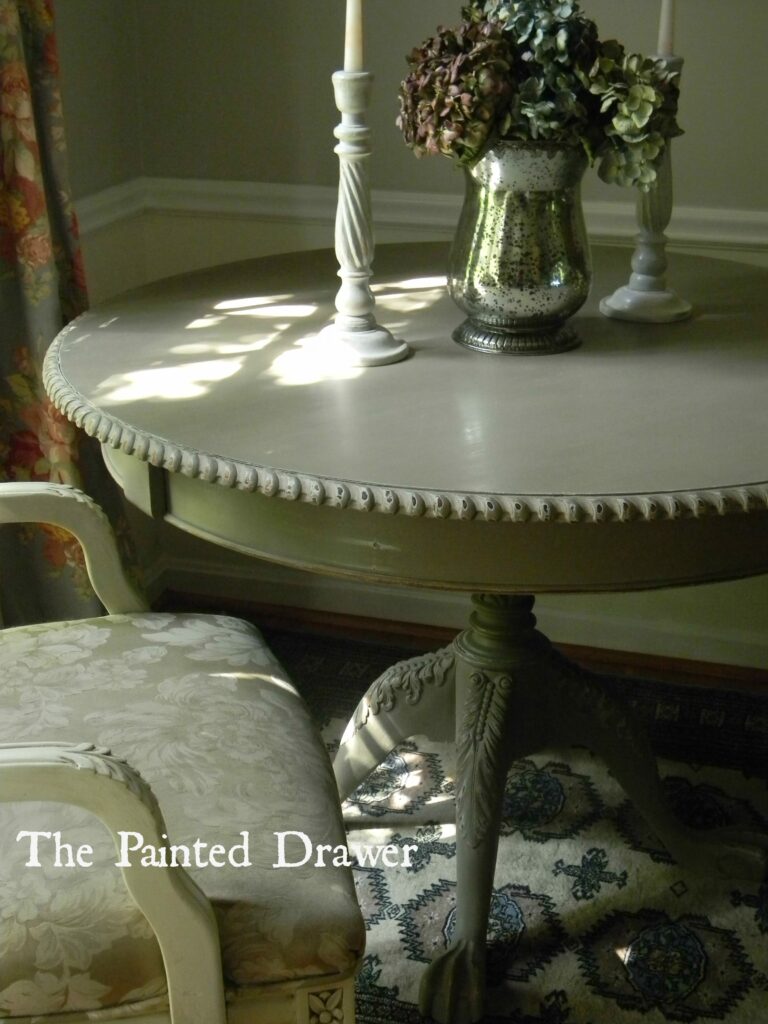If you notice a crack in the wall of your house, your natural reaction is to worry. The crack shouldn’t be there so it’s an indication that something isn’t right. In some cases, you’re right to worry and cracks do suggest that there is a big issue somewhere and you will need to make extensive repairs to your home. But sometimes, cracks are nothing to worry about and they’re easily dealt with. The trick is knowing whether you should be worried about it or not. To help you out, read this guide to cracks in the wall and what the different causes and solutions are.
Image Source – Pixabay CCO License
The Size
The first thing that you should look at is the size of the crack because this gives you an idea of how serious the problem is. Tiny hairline cracks are not usually a problem and you just need to fill them and paint the wall to get rid of them. It’s when they start to get larger that you need to worry. Slightly bigger cracks, anything up to 5mm, are a sign that there has been a slight structural movement which has no stopped. If you fix the exterior of the house and fill the crack on the inside, and then paint over, you should be fine.
Any cracks that measure between 5mm and 15mm may require some building work. You won’t need to do any big structural repairs but you may need to fix window lintels and repair your roof if it has been damaged by structural movement.
If the cracks are bigger than that, that’s a bad sign and there is probably some serious structural damage somewhere. The house may not be safe so you need to call in a professional to look at it right away.
The Shape
The shape of the cracks can also give some indication of what the problem is and how serious it is. Vertical cracks are the ones that you want to watch out for, especially if one end of the crack is wider than the other. This is a sign that the foundations on one side of the house are drooping, or that the foundations are rising in the middle. Either way, you need to call a foundation repair company right away so you can fix the problem before it becomes dangerous. Continuous horizontal cracks, especially in the spaces between brickwork, can also be a sign of serious foundation issues.
Hairline cracks that run along the wall are not too much to worry about and in some houses, they will appear and disappear seasonally. However, if they develop into a diagonal crack that runs down the wall in a staircase shape, you should get it checked out because there is a chance that bricks can be dislodged and the structure of the wall can be unsafe.
The best thing to do when you notice a small crack in the wall is just to keep an eye on it and see if there is any change. If it does start to get larger, call somebody in just to be on the safe side.
Please note that some of the links above and below are affiliate links, and at no additional cost to you. All opinions are my own.









I would just like to add that a lot depends on where
You live and what kind of foundation your house
was built on. I lived in Texas for 25 years and the majority
of the houses are built on cement slabs.
Whether you had a $150,000 house or a $1,150,000 house
there is a good chance you are going to have cracks eventually
As the home settles. Most of the time spackle and paint
take care of the problem but sometimes foundation repair is required. It is better to bring in a structural engineer to take a look as in most cases they can set your mind at ease.
There are various soil conditions in Texas which
play a part in how the foundation settles.
This is an excellent post particularly if you are in the mrket for a house as a seller could unknowingly just have the house painted and the crack disappears and the new buyer will see it come back the next winter and panic.
Hi Deb – Absolutely! Great points!